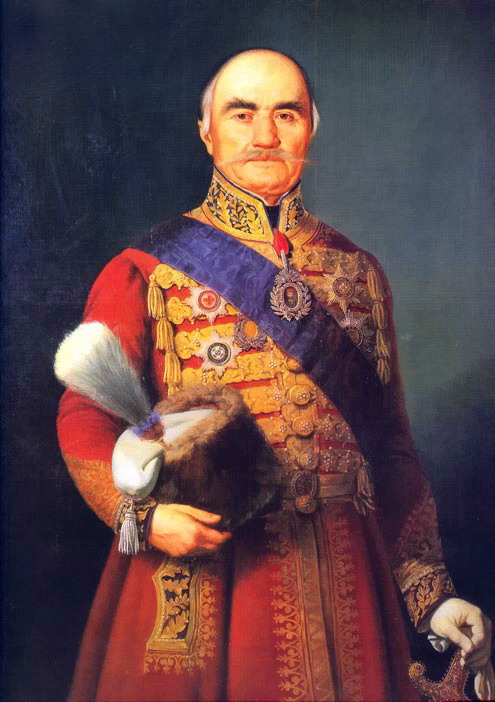|
Đumrukana
Theatre on Đumruk, or Đumrukana ( sr-Cyr, Ђумрукана), was a theatre in Belgrade, the capital of Serbia. Originally a customs house which was built in 1835 near Belgrade docks in the neighborhood of Savamala, it was adapted into the theater, as a first regular Belgrade theater house, which was active 1841–1842. Customs house The Đumrukana building (from Turkish '' gümrük''), was the very first administrative building built in the newly autonomous Principality of Serbia from the Ottoman Empire and as such was a symbol of the liberated country. The building was designed by modern Serbian building pioneer Nikola Živković (known as Hadži-Neimar), perhaps under the guide of Franz Janke, the first state engineer of the Principality of Serbia. It was built around 1835, and was one of the first objects outside of the Belgrade Fortress built completely from solid building materials (brick and stone). The object was located close to the Sava Gate, one of the outer gat ... [...More Info...] [...Related Items...] OR: [Wikipedia] [Google] [Baidu] [Amazon] |
Savamala
Savamala ( sr-Cyrl, Савамала) is an urban neighborhood of Belgrade, the capital of Serbia. It is located in Belgrade's municipalities of Savski Venac and Stari Grad. Location Savamala is located south of the Kalemegdan fortress and the neighborhood of Kosančićev Venac, and stretches along the right bank of the Sava river. Its northern section belongs to the municipality of Stari Grad, while central and southern sections belong to the municipality of Savski Venac. The central street in the neighborhood is ''Karađorđeva''. Originally, the entire western section ('' Terazije slopes'') of today's city center was called Savamala, roughly bounded by the modern streets and squares of Terazije, '' King Milan's'', Slavija, '' Nemanjina'' and '' Prince Miloš's''. The entire area was known as Zapadni Vračar, but that name completely disappeared from usage, while as Savamala today is considered only a section along the ''Karađorđeva'' street. Today, the zone of "preve ... [...More Info...] [...Related Items...] OR: [Wikipedia] [Google] [Baidu] [Amazon] |
Franz Janke
Franc Janke (1790-c. 1860) was a Slovak-born Habsburg engineer and architect who was invited to Serbia by the City of Belgrade's Public Works department to design new, contemporary buildings in the style befitting Serbia in the 1830s. Shortly after a Hatt-i Humayun (also known as ''Hatti-sherif'') in 1830 and gaining some independence from the Ottoman Empire, Prince Miloš Obrenović realized that the local staff could not realize his idea of a new city, so he asked for help from a citizen of Imperial Austria. The first "government engineer" was Slovak Franz Janke. Janke came from Vienna on the recommendation of Cvetko Rajović, the then-mayor of Belgrade. Janke stayed in Serbia for nine years in the most difficult times of its renewal. He was fired during the politically charged dynastic changes in 1839. The continued prevalence of Western architectural concepts in Serbia has been credited to him. He is credited with the Cathedral, Đumrukana (Customs House) in ''Karađorđeva S ... [...More Info...] [...Related Items...] OR: [Wikipedia] [Google] [Baidu] [Amazon] |

